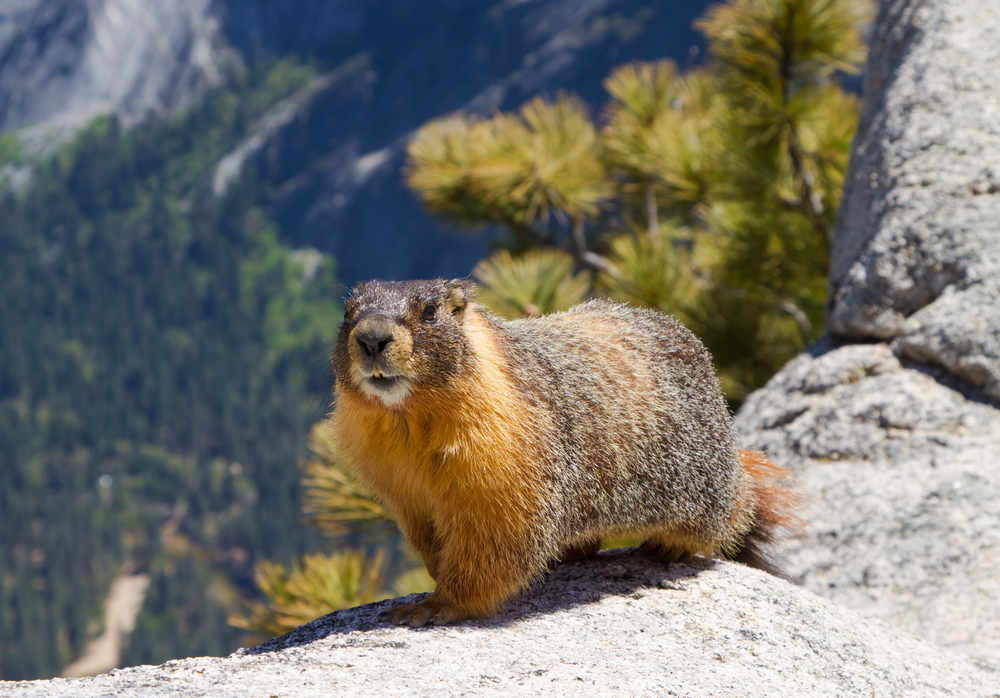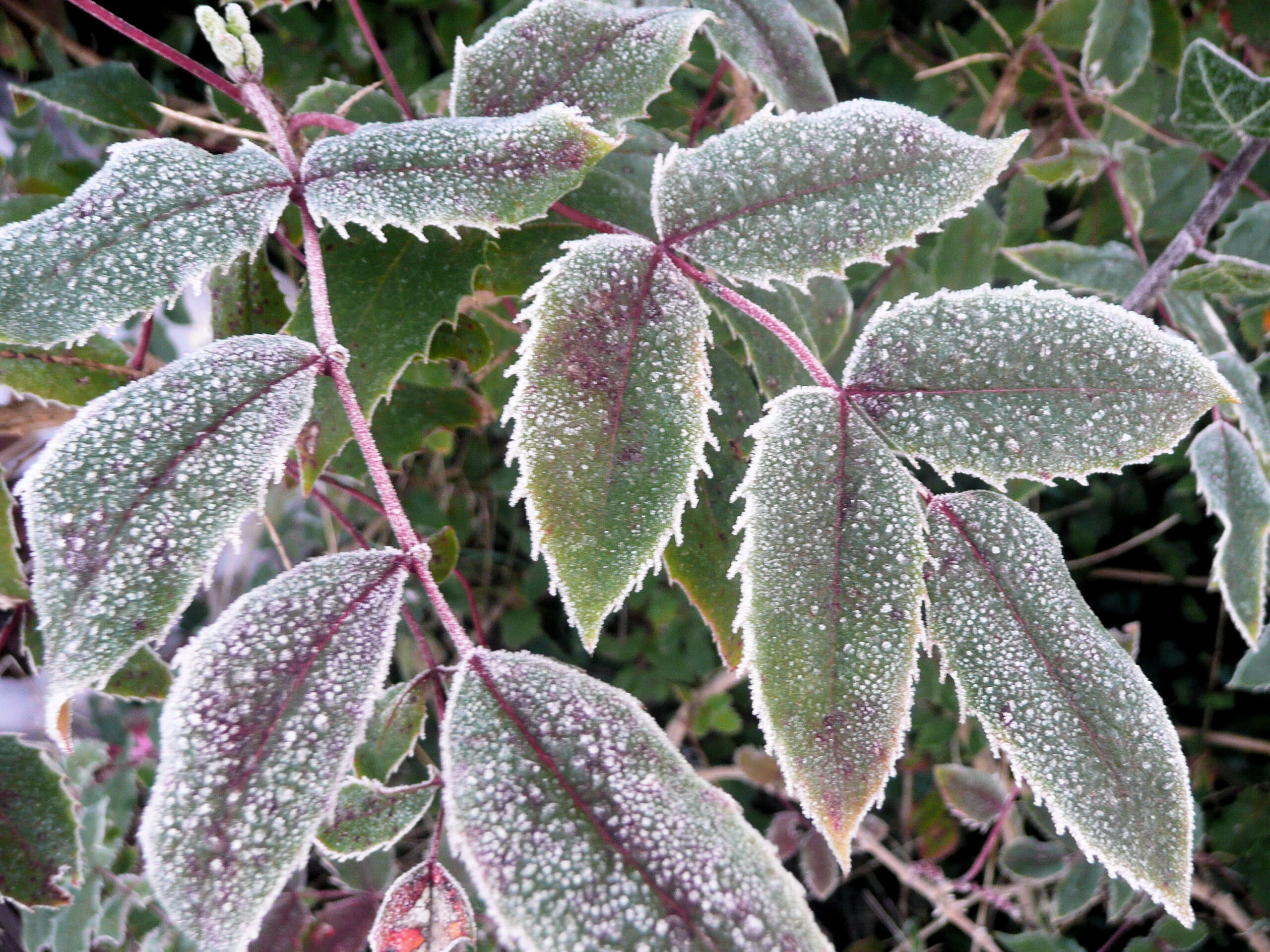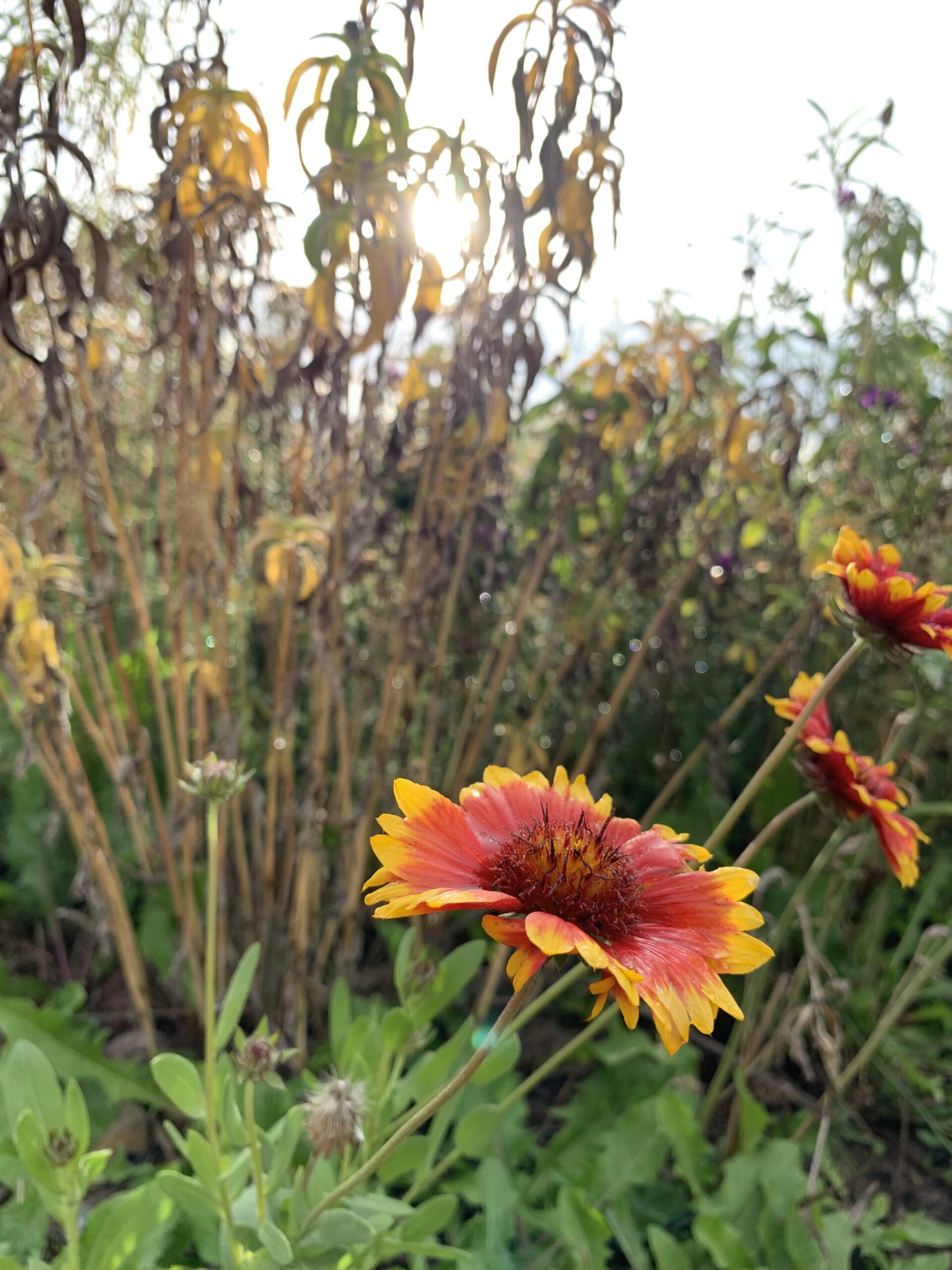By Jessie Walthers, Conservation Program Manager Groundhog Day. Who doesn’t love this most random of…

Managing Livestock for Riparian Areas
Agriculture has long been an important aspect of the culture and history in the Flathead Valley. For generations, families around the valley have been managing ranches to provide valuable food and resources to the community. Our economy also benefits from the local livestock industry. If managed improperly, however, livestock can cause significant damage to our waterways through riparian area damage.
Riparian areas are the interface between land and water, and are characterized by deep-rooted vegetation. A healthy riparian area can reduce flooding and erosion, filter pollutants, provide wildlife habitat, keep water cooler, recharge ground water, and hold more water in the soil, which is slowly released during droughts.
Livestock, including cattle and horses, can damage riparian vegetation by excessive use of the area. They trample the vegetation when walking repeatedly across it and can eat the young shoots before they’re regrown. During hotter times, livestock are often attracted to riparian areas because they are cooler, but this behavior leads to overuse and eventually damage.
To maintain healthy riparian areas and prevent damage from livestock, try these recommendations:
- Minimize the presence of livestock in riparian areas during critical growing times to allow vegetation to establish
- Provide off-site water locations with stocktanks or install water gaps with fencing
- Lure livestock away from riparian areas by placing saltlicks in upland areas
If you’d like additional information about how to maintain healthy riparian areas with livestock, check out our website at https://flatheadcd.org/. For financial assistance with implementing these programs, check out our landowner assistance programs at https://flatheadcd.org/programs/landowner-assistance/.



